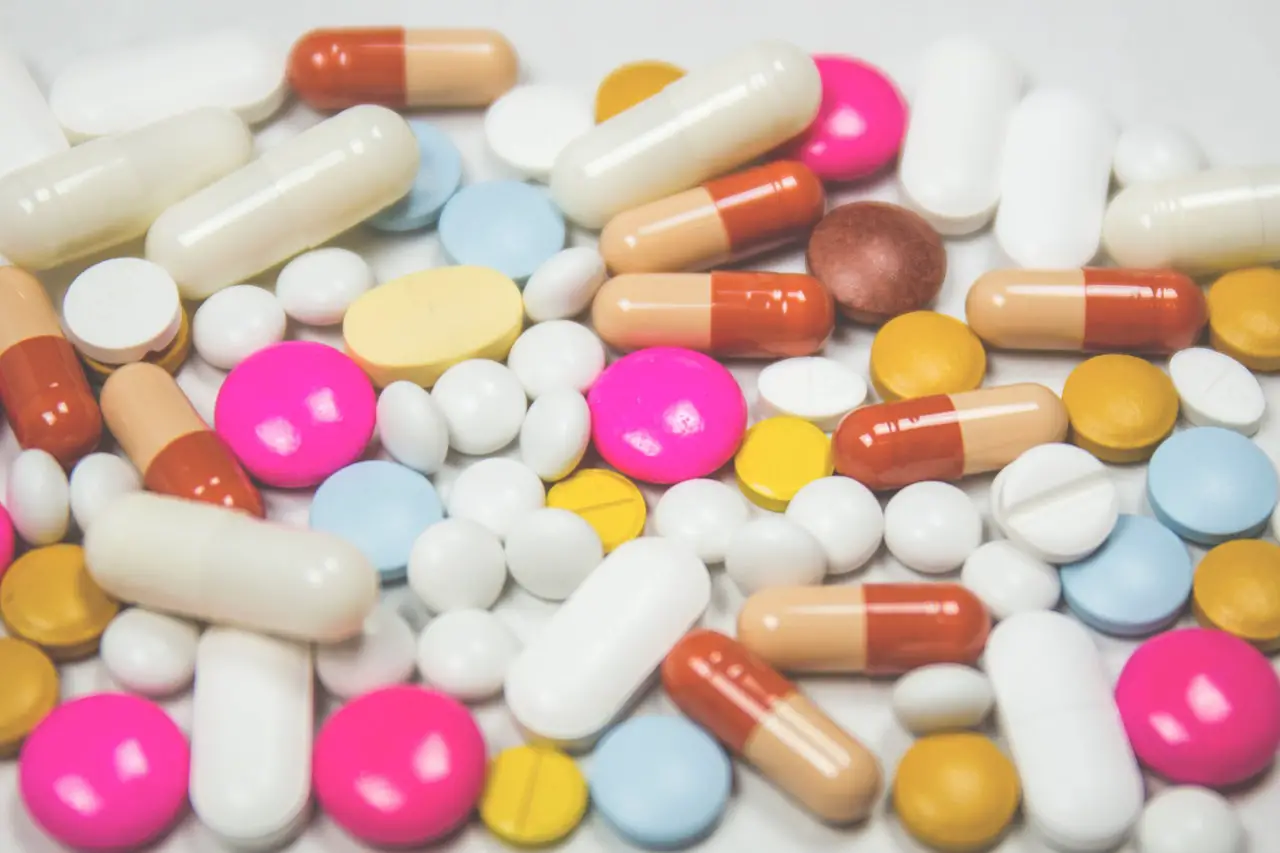Texas is the second most populous state to California and the second largest in terms of landmass to Alaska. As of 2013, there are more than 26 million people who call the “Lone Star” state their home. But Texas also has a noteworthy geographical and political position: it’s close to the Mexican border, where many illegal drug cartels and trafficking organizations operate.
That proximity contributes to the frequency of abuse for substances like cocaine, marijuana, and methamphetamine. Moreover, Texas also oversees a substantial number of addiction cases for a more accessible substance—alcohol—as well as for prescription medicines.

This article is an overview of important facts pertaining to drug abuse trends in Texas. These can help you understand the context of the drug problem in the state, as well as the efforts being done by drug rehab facilities in Texas.
Alcohol, Marijuana, and Heroin Are Among the Most Frequently Abused Substances in Texas
According to 2015 data from the Substance Abuse and Mental Health Services Administration (SAMHSA), the majority of substance abuse treatment admissions in Texas were for alcohol (10,402 cases), marijuana (7,559 cases), and heroin (6,586 cases).
Close behind are methamphetamine (6,233 cases) and other opiates (2,238). Thus, strategies to counter the rise of substance abuse disorder cases in the state should pay attention to these particular classes of drugs.
Alcohol Abuse Remains a Concern Among Texan Youth
The National Institute on Drug Abuse (NIDA) affirms the problem of alcohol abuse in the state, particularly among the youth. In 2012, by NIDA’s numbers, 58% of Texan high school students between grades 7 and 12 had already used alcohol in their lifetime.
Texan youths may not be strangers to binge drinking, especially as a means of impressing peers. But this, in turn, leads to dangerous accidents and brushes with the law.
Marijuana Usage in Texas Is a More Complex Problem Than Before

Marijuana remains a key substance to watch out for because it is often the “gateway drug” to more potent and more addictive drugs. However, Texas’s current marijuana problem is a little more complicated than it was a couple of decades ago. Though much of the marijuana that arrives in Texas is seized at the border, it may also come from nearby states where marijuana has been decriminalized.
Moreover, substance use disorder cases for marijuana now involve broader methods of usage. For example, those who are suffering from marijuana addiction may have been introduced to it in the form of vaporizers (vape pens) or edibles laced with CBD or THC oil. This is contrast to joints or blunts, which have long been the most common forms of consuming cannabis. For so long as the circumstances around marijuana remain complicated, Texan health and law enforcement authorities should stay vigilant about the drug.
Methamphetamine and Cocaine Use Are Urgent Concerns for Texas’s Law Enforcement
The three United States Drug Enforcement Administration (DEA) field divisions that cover Texas—namely Dallas, Houston, and El Paso—cite methamphetamine as their top drug threat. Following close behind are cocaine, heroin, cannabis, pharmaceuticals, and synthetic cannabinoids.
And since 1999, seizures of methamphetamine reported to units in the National Forensic Laboratory Identification System (NFLIS) have increased. Thus, it’s understandable that much of the state’s law enforcement initiatives for dangerous drugs are directed towards these.
Texas’s State Prescription Monitoring Program (PMP) Means to Address Abuse of Opiates and Synthetic Narcotics
Though abuse of prescription drugs remains a concern in Texas, the rates of death due to opiates and synthetic narcotic overdose have decreased since 1999. One measure that appears to have contributed to this reduction in cases is the state’s Prescription Monitoring Program, or PMP.
Under the PMP, Texan pharmacists and prescribing physicians can better review patient prescriptions for opioids, benzodiazepines, carisoprodol, and barbiturates. They are also encouraged to check each Texan patient’s PMP before issuance of prescriptions to avoid duplicates or over-prescribing these medicines. This is a welcome effort in addressing the problem of substance use disorder from prescription medicines, like fentanyl or tramadol.
Working Toward a Safe, Healthy, and Drug-Free Texan Citizenry
As these facts portray, there’s no single cut-and-dry solution for Texas’s drug problems. Its unique situation makes a completely drug-free environment that much harder to achieve. But that’s all the more reason for the different sectors of healthcare, law enforcement, education, and social services to collaborate on the issue of drug abuse. This is the best way to keep Texans safe, healthy, and free of the influence of drugs.
Ordinary Texas residents can also do their part in advocating against drugs. If you live in Texas, be proactive in upholding a drug-free environment. Show compassion to those who are healing from the serious illness of drug addiction, and ensure that the same harms do not befall the next generation.









































